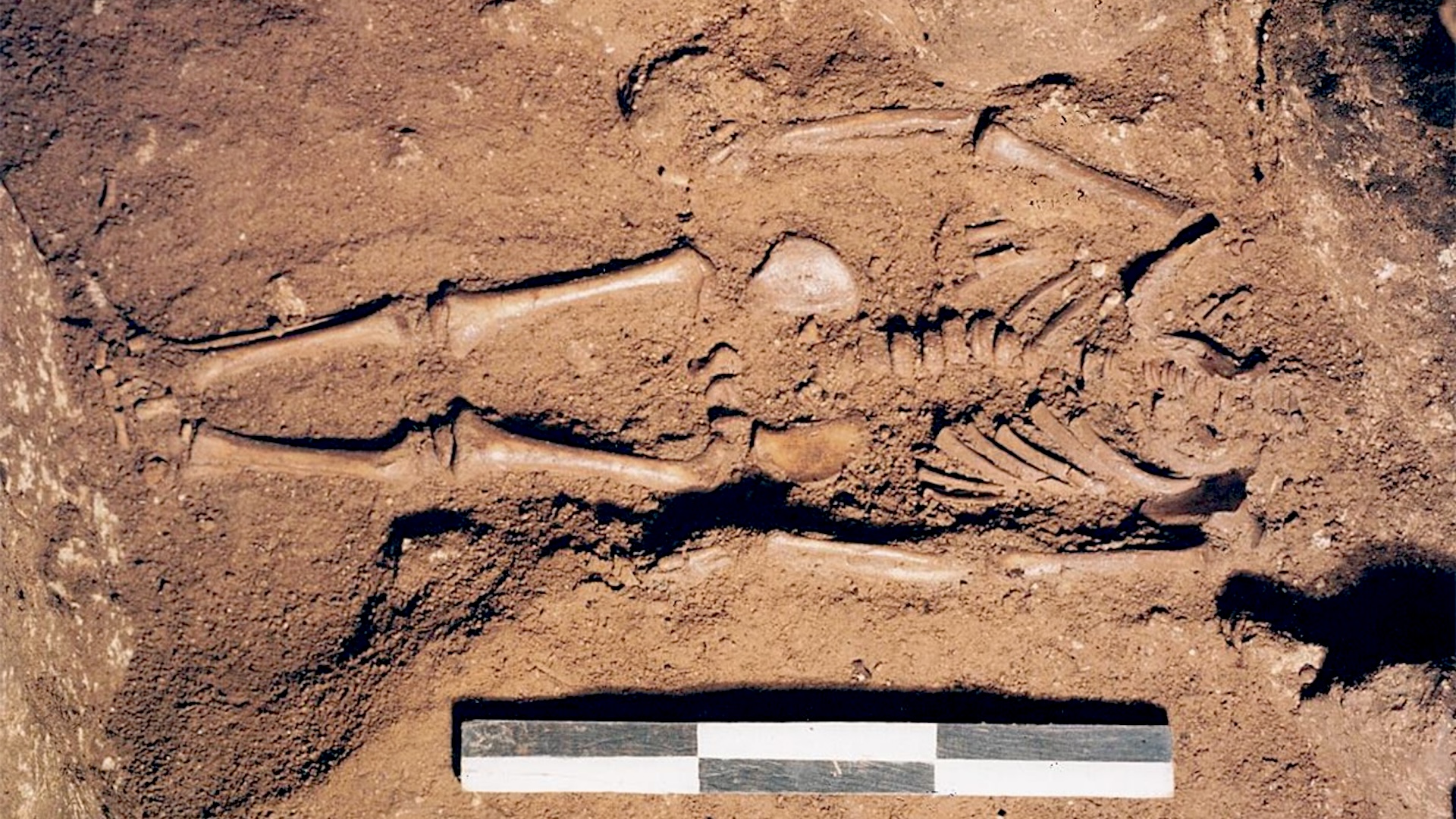Water, Vol. 15, Pages 3603: Synthesis and Characterization of Nanometal Oxide-Biochar Derived from Date Palm Waste for Adsorption of Manganese and Iron from Contaminated Water
Water doi: 10.3390/w15203603
Authors: Raid Alrowais Muhammad Tariq Bashir Muhammad Ali Sikandar Md. Munir Hayet Khan Bandar Alwushayh Ahmed Ghazy Md. Alhaz Uddin Javed Iqbal
Groundwater is a predominant stream of potable water in numerous areas and frequently harbors pollutant removal, notably iron, and manganese. The present work explored synthesizing and conducting a thorough analysis of a composite material termed nanometal oxide-biochar (NMO) and biochar that is prepared from date palm waste. The application of Fourier Transform Infrared (FTIR) spectroscopy analysis, SEM/EDX, XRD, and BET facilitated the identification of unique molecule characteristics inside the composite material. This research also investigated the kinetics of manganese and iron adsorption, and the results suggested that both first- and second-order models are applicable, with a slight preference for the pseudo-second-order model. The mechanisms of adsorption in the NMO were further clarified by the Langmuir and Freundlich adsorption isotherm models, which emphasized that the NMO predominantly undergoes monolayer adsorption. In short, composite materials exhibited an adsorption capacity of 3.169 mg/g and 4.151 mg/g for manganese and iron on biochar as well as 4.33 mg/g and 4.859 mg/g on NMO, respectively. In addition, values for R2 provide goodness of fit for the Adams–Bohart and Thomas models. The adsorption capacity for manganese and iron are observed as 31.97 mg/g and 32.28 mg/g on NMO as well as 26.6 mg·L−1 and 29.54 mg·L−1 on biochar, respectively, at a flow rate of 7 mL/min. In conclusion, this study highlights the potential of the NMO-BC composite for monitoring water pollution, sustainably obtained from date palm waste, as a viable approach for eliminating manganese and iron from polluted water.

 1 year ago
65
1 year ago
65


